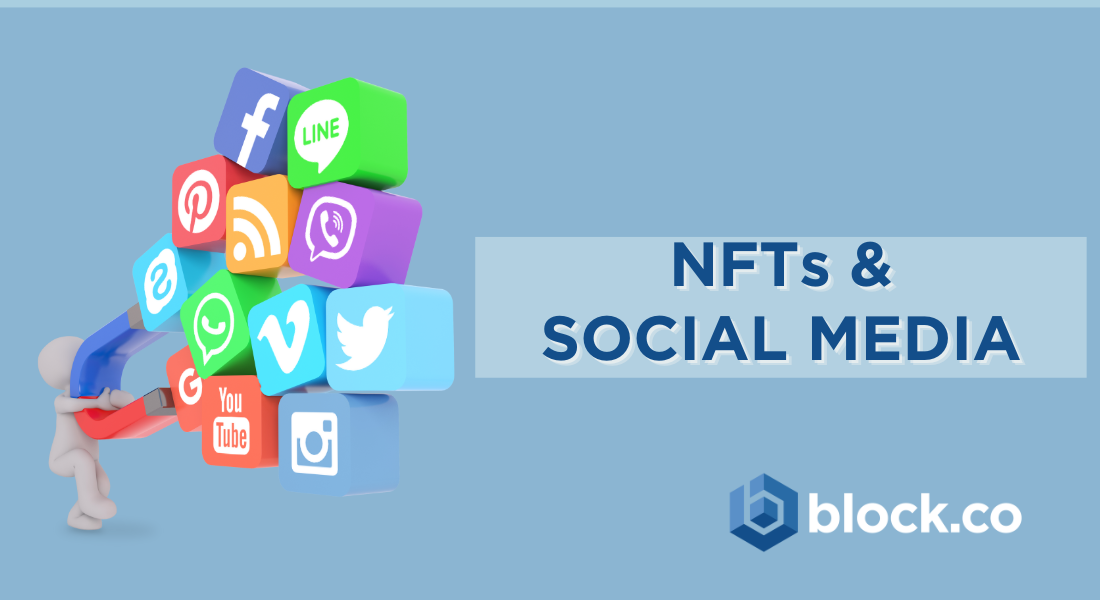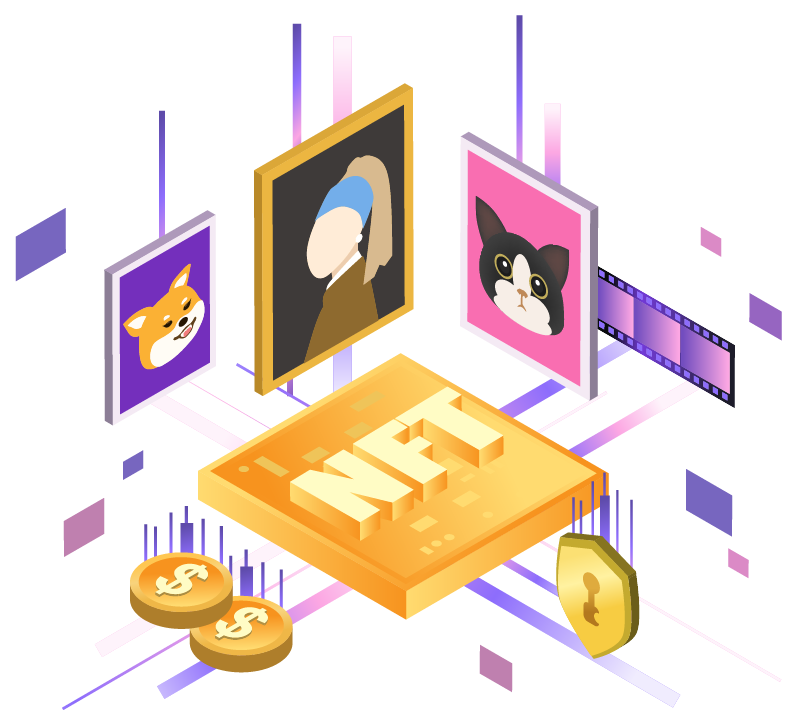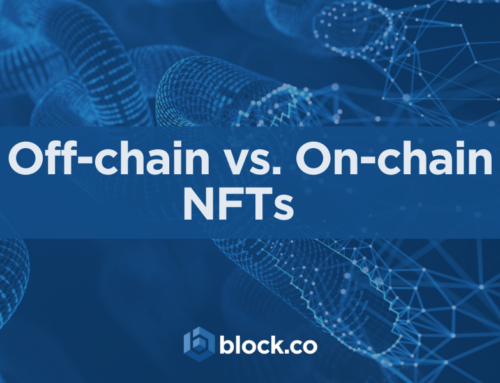Part 2 – NFTs and Social Media

As more and more companies, artists, producers, and customers connect with it, the growth of the NFT industry accelerates. In this article, we examine what NFT stands for in today’s digital world, as well as the role that social media plays in the exchange of NFTs.
Monetization and Commodification of Digital Content
Brands, marketers, influencers and any social media user might benefit from using NFTs, as they allow content creators to monetize and sell their content. Digital content in the form of a photo or artwork on social media is easily accessible for everyone, it does not hold any tangible value despite the efforts, time and resources the artmakers put into it. Artmakers can transform their art into NFTs, by tying the art to a crypto-based token, which will enable content creators to stand out of the crowd and sell unique products. Current social media platforms must stay up to date with the popularity of NFTs and act as the common ground between a buyer, seller, or mediator for the sale of NFTs while connecting a consumer to a brand. So, even if social media does not enable the direct sale of NFTs, it helps to build a bridge between buyers and sellers and determines its monetary value.
Protection of Ownership
From a copyright standpoint, the content creator who posted the photo on social media will remain the lawful owner and retain sole control over the work’s usage. Users who upload any type of material on social media, from digital art to pictures and music, may “mint” their own work by giving it an NFT value and so making it one-of-a-kind, with the uniqueness of the piece confirmed by the NFT source code. This is a solution to a situation where content providers on existing social networks are losing money because of streaming and digital reproductive commodification.
How NFTs Benefit from Social Media
NFTs would not be the same without social media! Even if social media platforms were to disappear entirely, the sale of NFTs would not be impeded technically. To support the selling of NFTs, several online platforms and marketplaces were developed, including SuperRare, MakersPlace, and WazirX in the United States. But would it be the same without social media platforms? Definitely not. For instance, digital art has grown and flourished on social media, several artists have a substantial or at least considerable following on social media, and there is no better or faster way to reach out to the community and inform them about an NFT offering, set up an auction, or announce the sale. Social media platforms act as the common ground between a buyer, seller, or mediator for the sale of NFTs, in the same way, it connects a consumer to a brand. While there are no concrete features to support the sale and purchase can only be completed after being redirected to an external platform, the area is being explored.
What are the Social Media giants doing?
The head of F2, or Facebook Financial, David Markus, in an interview with Bloomberg, stated that the company is exploring the possibility of creating products and services related to NFTs, but has doubts about using bitcoin for transactions. Markus did not elaborate on what NFT products Facebook could create. According to him, support for such assets is planned to be added to the Novi digital wallet. Regarding specific functions, Markus noted that users need to create, store, rent and sell tokens. So more likely we could expect such functionalities on FB in the future…
As for Instagram, it has yet to announce its intention to bring NFT functionality to the app, however, the platform’s CEO Adam Mosseri previously mentioned technologies that could allow creators to make a living using their service. Also, developer Alessandro Paluzzi assures that the platform has been working on integrating NFT functionality for some time. According to his research, messages containing NFTs will be marked as collectible by the system, letting users know that there is a non-fungible token inside.
Twitter Inc will allow users to contribute to content in Bitcoin, as well as create the ability to publish and track NFT. This was reported by Reuters, citing company data. For hosts who hold regular meetings at Spaces (audio rooms from Twitter), the company will create a separate fund. They will receive payment from the company for the content. Furthermore, iOS Twitter users can now send and receive digital payments for content. Previously this feature was in test mode. Twitter says it plans to add support for NFT. With the update, users will be able to track NFTs and show tokens owned by others. Twitter’s senior software engineer, Mada Aflak, has also recently announced that Twitter will allow users to connect a cryptocurrency wallet to their account and import non-fungible tokens (NFTs) to use as a profile picture. According to Aflak, NFTs will be marked on the profile image with a special icon that will confirm the authenticity of the token.
TikTok will release a collection of NFTs. It will include six videos from the most popular TikTokers in the world that are considered culturally significant. NFTs in the form of videos will be based on the Ethereum blockchain and will become art objects. From October 1 to November 5, six videos will be on display at the Museum of the Moving Image in NY, and the tokens will be released on November 6. The proceeds will be distributed between authors and artists.
Stay tuned for Block.co’s upcoming NFT platform. Our NFT place will enable influencers and marketers to create one-of-a-kind digital content encrypted with unique tokens.
If your brand is ready to take the step into web 3.0 and NFT marketing, to optimize engagement with your audience in innovative ways, then click the button below to get your Free Trial, a limited number of Free NFTs, and a Free Consultation call from our team!
Contact Block.co directly or email at enquiries@block.co.
Tel +357 70007828
Get the latest from Block.co, like and follow us on social media:







